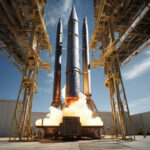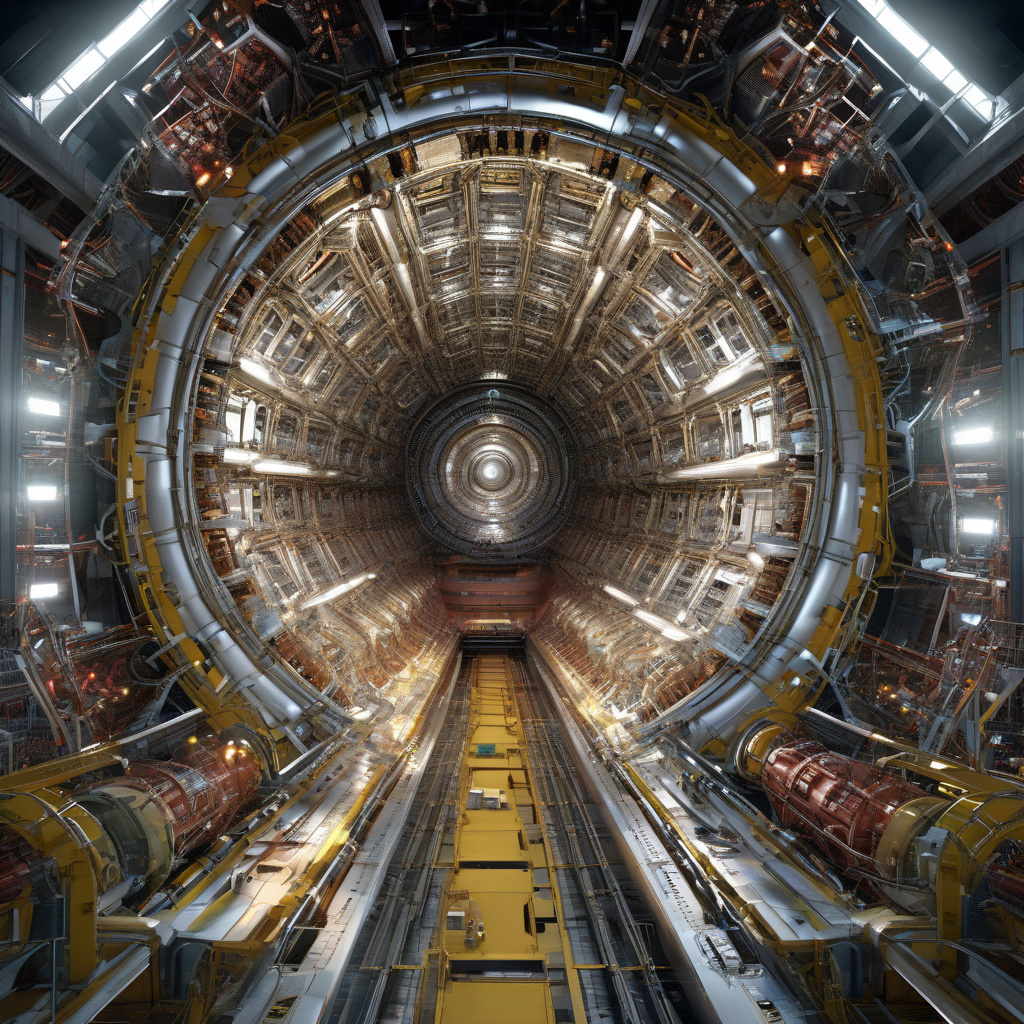World’s largest collider finds first-of-its-kind clue to the universe’s origins
CERN scientists at the world’s largest particle accelerator have made a unique antimatter breakthrough, which marks a significant milestone in our understanding of the universe’s origins. The European Organization for Nuclear Research (CERN) recently announced that their groundbreaking ALPHA-g experiment has successfully produced and trapped antimatter atoms for the first time. This remarkable achievement sheds light on some of the most profound questions in physics and cosmology, offering new insights into the fundamental nature of the universe.
Antimatter is a mysterious form of matter that is composed of antiparticles, the counterparts to the particles that make up ordinary matter. When matter and antimatter come into contact, they annihilate each other, releasing a tremendous amount of energy. Scientists believe that the Big Bang should have produced equal amounts of matter and antimatter, yet the observable universe is predominantly made of ordinary matter. This glaring asymmetry, known as the matter-antimatter asymmetry, has long puzzled researchers seeking to unravel the origins of the cosmos.
The recent breakthrough at CERN provides a valuable piece of the puzzle in understanding why antimatter is so scarce in the universe. By successfully trapping antihydrogen atoms – the antimatter equivalent of hydrogen – scientists can now study their properties in detail. This achievement opens up new possibilities for conducting precise measurements and comparisons between matter and antimatter, offering a glimpse into the underlying symmetries and asymmetries that govern the universe.
One of the key goals of the ALPHA-g experiment is to study the behavior of antimatter under the influence of gravity. According to the principles of the Standard Model of particle physics, matter and antimatter should experience gravity in the same way. However, verifying this assumption experimentally has proven to be a formidable challenge due to the elusive nature of antimatter. The successful trapping of antihydrogen atoms at CERN now paves the way for conducting high-precision tests of how antimatter interacts with gravity, potentially uncovering new physics beyond the known laws of nature.
In addition to advancing our understanding of fundamental physics, the antimatter breakthrough at CERN has practical implications for future technologies. Antimatter is known to be an incredibly efficient source of energy, capable of releasing orders of magnitude more energy per unit mass than nuclear reactions. While harnessing antimatter for energy generation remains a distant prospect due to the current challenges in producing and storing it, ongoing research efforts could one day lead to revolutionary propulsion systems for space exploration and beyond.
The success of the ALPHA-g experiment underscores the importance of international collaboration and sustained investment in scientific research. CERN, with its multinational team of scientists and state-of-the-art facilities, exemplifies the power of cooperation in pushing the boundaries of human knowledge. The antimatter breakthrough represents a triumph of human curiosity and ingenuity, demonstrating our relentless pursuit of understanding the mysteries of the universe.
As we celebrate this unprecedented achievement in particle physics, we are reminded of the boundless potential for discovery that lies ahead. The tantalizing clues provided by the world’s largest collider offer a glimpse into the profound secrets of the cosmos, inspiring awe and wonder at the intricate tapestry of the universe. With each new breakthrough, we edge closer to unraveling the enigma of our cosmic origins and our place in the vast expanse of space-time.
#CERN, #Antimatter, #ParticlePhysics, #Cosmology, #ScientificBreakthrough












